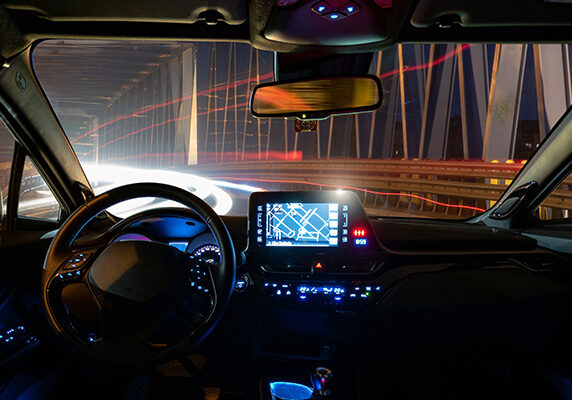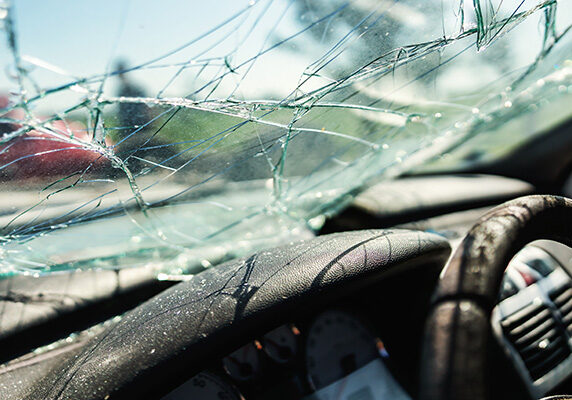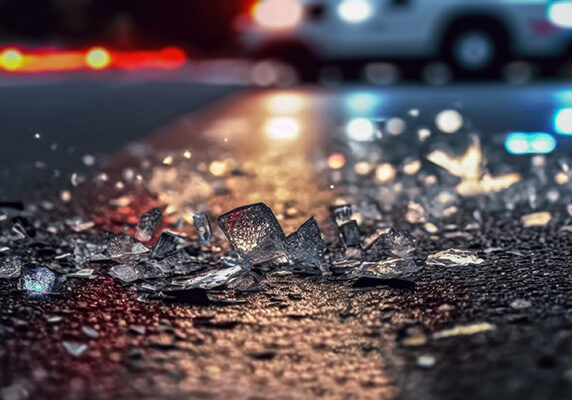A Dallas-area couple has been awarded $42 million in damages at the close of an auto repair lawsuit. In 2013 they survived being trapped within their Honda Fit after a head-on collision with a Toyota Tundra. The Honda burst into flame, and its roof collapsed into the car, puncturing the fuel tank beneath the driver’s seat. Both the passenger and driver were essentially crushed by the roof, sealed in a broken vehicle being consumed by fire. They would both be extricated after sustaining further injuries from the fire.
Their lawyer argues that this outcome, which barely avoided being the worst case scenario, was due to a body shop performing sub-standard work. However, according to this attorney, the case is about more than just shoddy work from a body shop. Their sights are also set directly on the auto insurance industry, and the practices he claims lead to this accident, and possibly others in the future.
The particulars behind this auto repair lawsuit
When the Seebachans purchased their Honda Fit four months before their accident, the vehicle history report did not include a specific repair job: The roof of the Honda had been damaged by hail under the previous owner, and taken to the John Eagle Collision Center in Dallas. There, the repair shop ‘fixed’ the roof panel by using a new 3M panel bonding adhesive.
This adhesive is not part of the manufacturer recommendations. Honda’s own body repair manual specifies 104 welding spots on the car’s frame. The lawsuit successfully argued if the manual’s specifications had been followed, the crash may have resulted in “minor injuries” at worst.
In the aftermath of the auto repair lawsuit, the shop and the Seebachan’s attorney are now working together to improve standards across the entire collision center industry. The legal battle is far from over, and a new lawsuit now targets State Farm Mutual Automotive Insurance Company.
State Farm’s role is nothing new
According to the new lawsuit, John Eagle Collision Center was coerced into making the repairs with glue. The accusation has been echoed by collision center employees across the country, and State Farm has been in the news for similar lawsuits.
A CNN report in 2015 shows the widespread nature of ‘cheap’ collision repairs in the United States. The story discusses a wide array of questionable practices: Replacement parts being held together by glue, as in the Seebachan case, and faulty parts being forced onto collision centers to be used in repairs. One collision center rep claims that if his shop refuses to use the parts provided in this condition, insurers will steer business away from his shop.
In Louisiana, the Attorney General selected State Farm to sue for these practices, which the company denied then, and in 2017.
Consumers endangered for profit margins?
Insurance claims adjusters do try to limit the compensation paid to accident victims. What these lawsuits are contending is that they are also trying to limit the cost of vehicle repairs.
It calls into question just how much we can trust a collision center. While there are a number of collision centers with locations all over the US, there are many others that are smaller, single-shop operations. These smaller businesses may be easier to force into making cheaper repairs. A larger business has advantages in advertising and presence, and if one shop has business “steered” away from it, the company as a whole can still surivive.
A lone shop, with few employees dedicated to a specific skillset, does not have the same safety nets. If an insurance company decides to take them off a ‘trusted’ list of collision centers, they could be conceivably forced out of business.
It remains to be seen where this story will end. State Farm insists that these accusations do not fit the facts, and that they are committed to auto safety, and have been for decades. A jury in Dallas County saw fit to award $42 million to the Seebachans over some of these facts.



